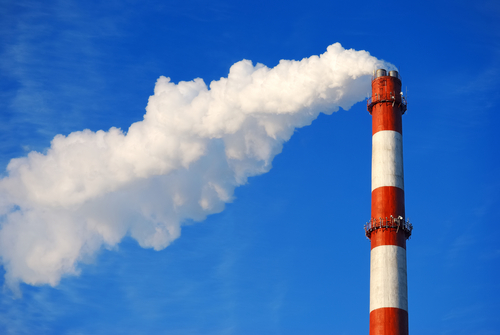
PA Chamber of Business and Industry President Gene Barr applauded the U.S. Environmental Protection Agency’s (EPA) recent decision to retain, without changes, current National Ambient Air Quality Standards for particulate matter set by the Obama-Biden administration.
The EPA also finalized a rule to increase transparency and consistency in considering costs and benefits in future air quality-related rulemakings.
The final rules “will protect public health and the environment and afford the regulated community more certainty as we work together to recover from this pandemic,” Barr said.
“Regarding the air quality standards, as we noted in our letter of support for retaining the current rules,” Barr said, highlighting a November 2019 letter sent on behalf of the Chamber’s nearly 10,000 member companies, “[Pennsylvania] industry has worked in concert with regulators to achieve a 31 percent reduction in emissions of particulate matter, and the state is measuring attainment with the current standard in all but one monitoring point. The practical effect means that the public health and environment are being protected, and Pennsylvania has greater flexibility to expand existing operations and attract new investment.”
Particulate matter, which are 2.5 micrometers in diameter and smaller, can be emitted directly from various sources, including vehicles, smokestacks, and fires. They can also form when gasses emitted by power plants, industrial processes, and gasoline and diesel engines react in the atmosphere.
Coarse particles, which were also covered by the EPA’s NAAQS decision, have diameters between 2.5 and 10 micrometers. They include road dust that is kicked up by traffic, some agricultural operations, construction and demolition operations, industrial processes, and biomass burning.
“The regulated community and the public are not served if they are unable to examine the underlying science used in carrying out one of the nation’s bedrock environmental statutes, the Clean Air Act,” Barr continued. “With Pennsylvania’s economy relying on the success of its manufacturing, logistics, and energy sectors – all of which have significant compliance obligations under the Act and all of which have worked tremendously hard to reduce emissions and increase sustainability – these rules help move our economy forward while protecting the environment.”
Under President Trump, the EPA has redesignated 57 nonattainment areas to attainment with standards for six key criteria air pollutants: carbon monoxide, ground-level ozone, lead, nitrogen oxides, PM, and sulfur oxides. This includes nine areas for PM2.5 and twelve areas for PM10.
“These redesignations mean cleaner air, improved health outcomes, and greater economic opportunities for cities and communities across the country,” the EPA said.
According to the EPA, the United States has some of the lowest fine particulate matter levels in the world – approximately five times below the global average, six times below China, and 20 times lower than France, Germany, and Great Britain.
“The EPA under the Trump Administration has continued America’s leadership in clear air, lowering our particulate matter levels to well below those of many of our global competitors,” said EPA Administrator Andrew Wheeler. “Maintaining these important standards will ensure Americans can continue to breathe some of the cleanest air on the planet.”